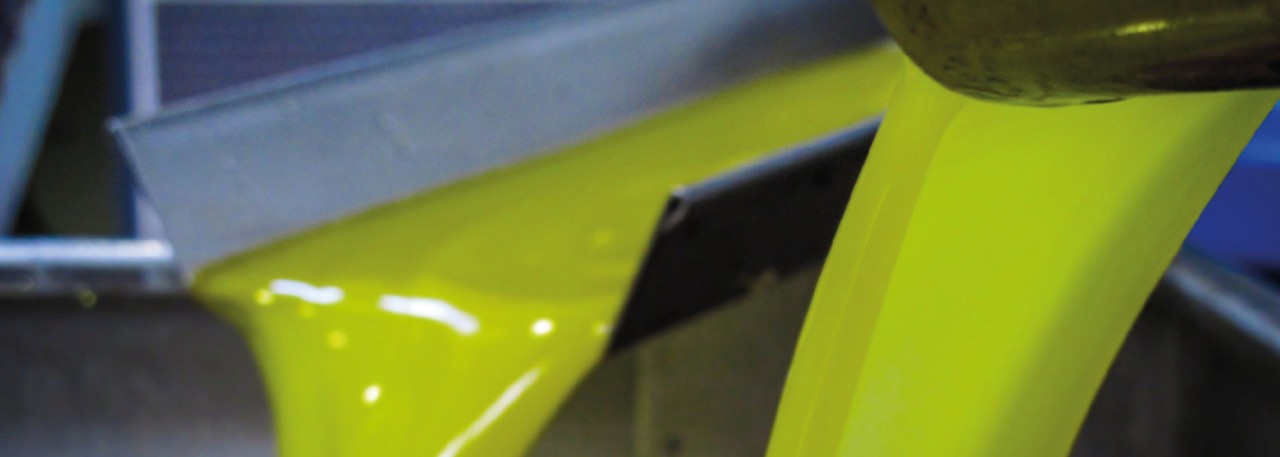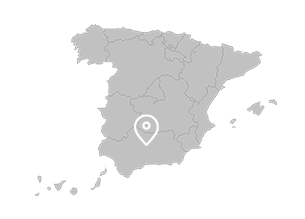.png.transform/rendition-xs/image_image%20(1).png)
Baena PDO
Extra virgin olive oil obtained from the fruit of olive trees (Olea europea, L.) of the Picudo/Carrasqueño, Lechín, Chorrúo/Jardúo, Hojiblanca, and Picual varieties by mechanical procedures or other physical means that do not alter the oil, and preserve the aroma, flavor, and characteristics of the fruit from which it comes.
Tasting notes
Extra virgin olive oil from Baena's Denomination Origin is an intense fruity green olive oil with herbal notes, mint, almond and apple. On the palate, it is complex, sweet, slightly bitter and spicy.
Other notes
Analytical data:
- Peroxide value: Maximum 15
- Ultraviolet absorbance (K 270): Maximum 0.1%
- Moisture: Maximum 0.1%
- mpurities: Maximum 0.1%
Production / Processing method
Density patterns vary little among the plantations of the different municipalities. While in older groves, density varies between 60 and 80 trees per hectare (2.5 acres), 100 trees per hectare is most usual, though it can be as high as 200.
Harvesting is done by traditional methods (picking by hand directly from the tree, and dislodging the fruit by shaking the branches with a pole), or with mechanical vibrating equipment. Once collected and transported to registered mills, the olives must be ground within a maximum period of 48 hours. The mills must have equipment for cleaning and washing the fruit and use approved extraction methods.
The extraction process is monitored to ensure that the olive paste is kept at a moderate temperature, never exceeding 30ºC (86º F), so that the organoleptic qualities of the product remain intact. The same temperature control applies to water added to continuous systems, thermofilters, centrifugation and washing of oils during the decantation phase.
Oils are stored in conditions guaranteed to keep them at their best, preferably in stainless steel tanks or trujales (traditional underground vats) and/or metal tanks lined with ceramic, epoxy resin, or any other inert material approved for use in food processing. These containers must be hermetically sealed: oils stored in non-hermetic conditions do not qualify for protected status.After storage, the oils proceed to the packaging stage: this takes place exclusively in registered plants, using approved glass or tin containers.
Geography / Relief and climate
The relief of this area is very varied, ranging from alluvial meadows in the north, via gently undulating Miocene terrain, to steeper slopes in the south, representing a wide variety of landscape, rock and soil types. The olive groves are located at altitudes ranging from 400 to 600 m (1,312 – 1,968 ft). Local climate is temperate Continental, characterized particularly by hot, dry summers. There are two rainy periods in November-December and February-March, while the period from June to September is a long, dry spell with no rain at all. The annual average rainfall in this area ranges from 600 to 800 mm (23.62 – 31.49 in), though in some parts it is lower than the ideal for this crop.
Regulatory Council
Consejo Regulador de la DOP Baena
Plaza de la Constitución s/n
Apartado de Correos 92
14850 Baena (Córdoba)
Tel: (+34) 957 691 121
olivavirgen@dobaena.com
www.dobaena.com
Sources:
- Spanish Ministry of Agriculture
On the palate, it is complex, sweet, slightly bitter and spicy.


- Baena 1
- Baena 2

Baena (Andalusia)
